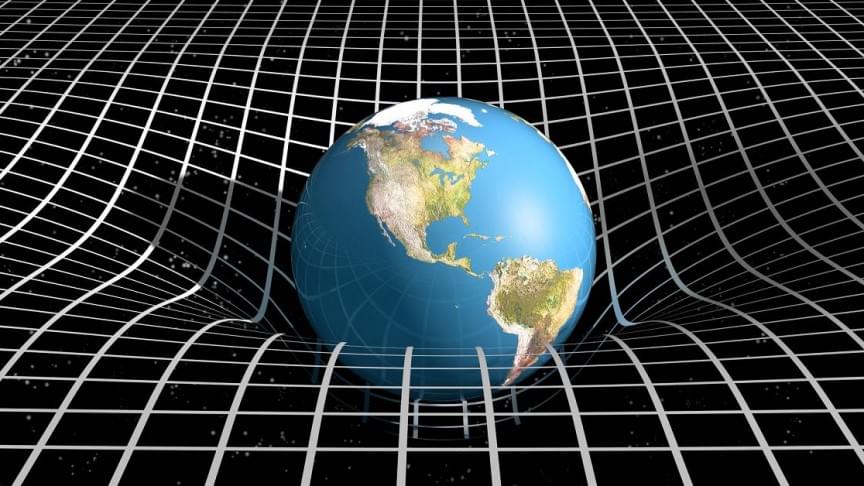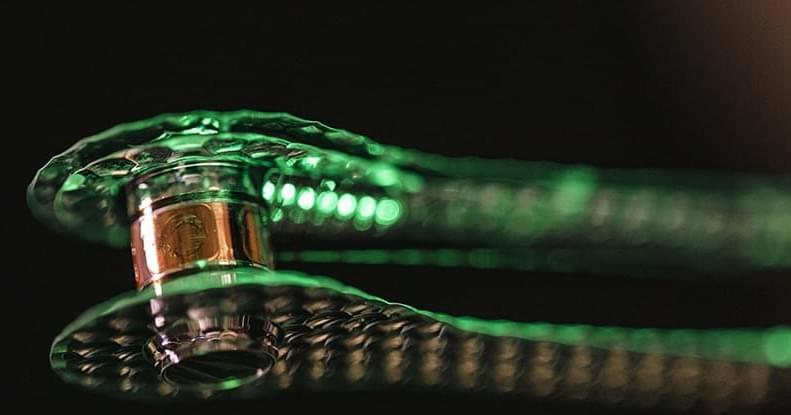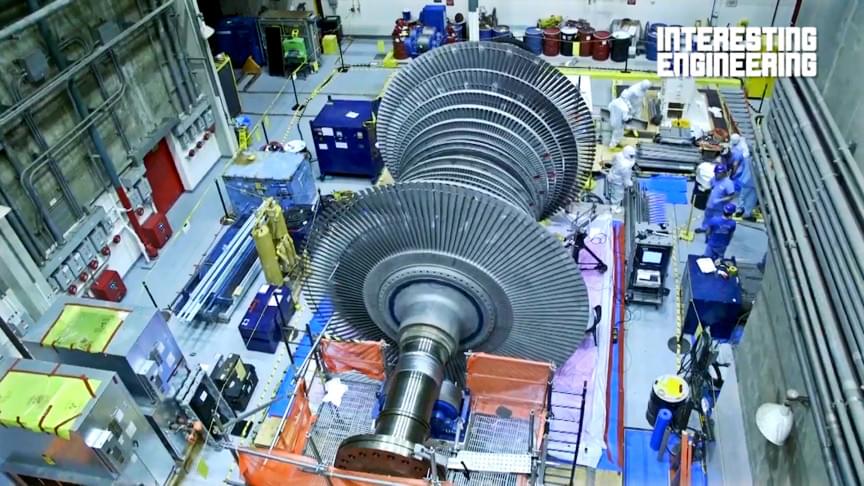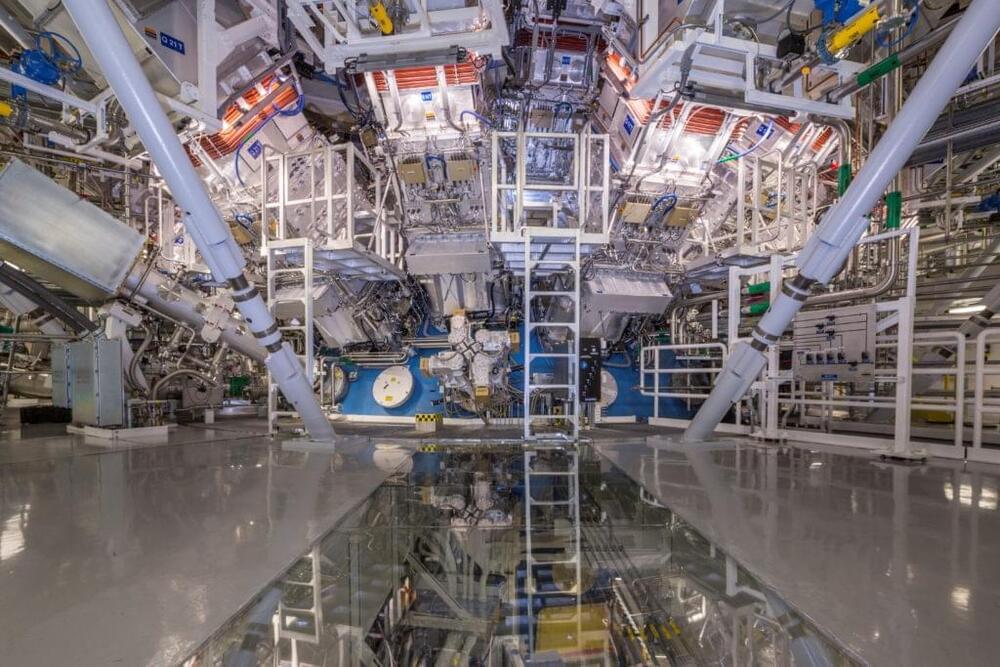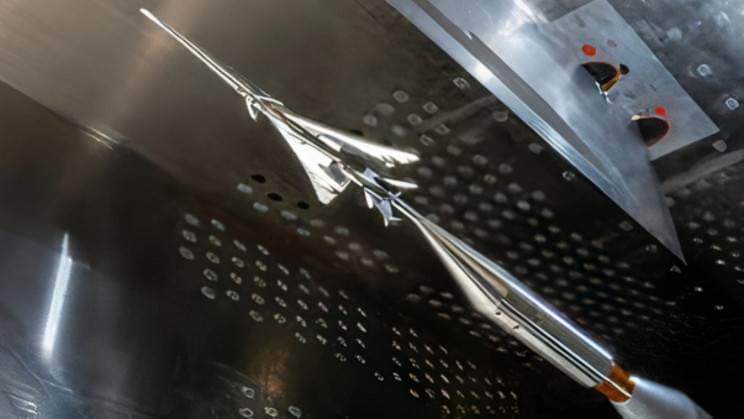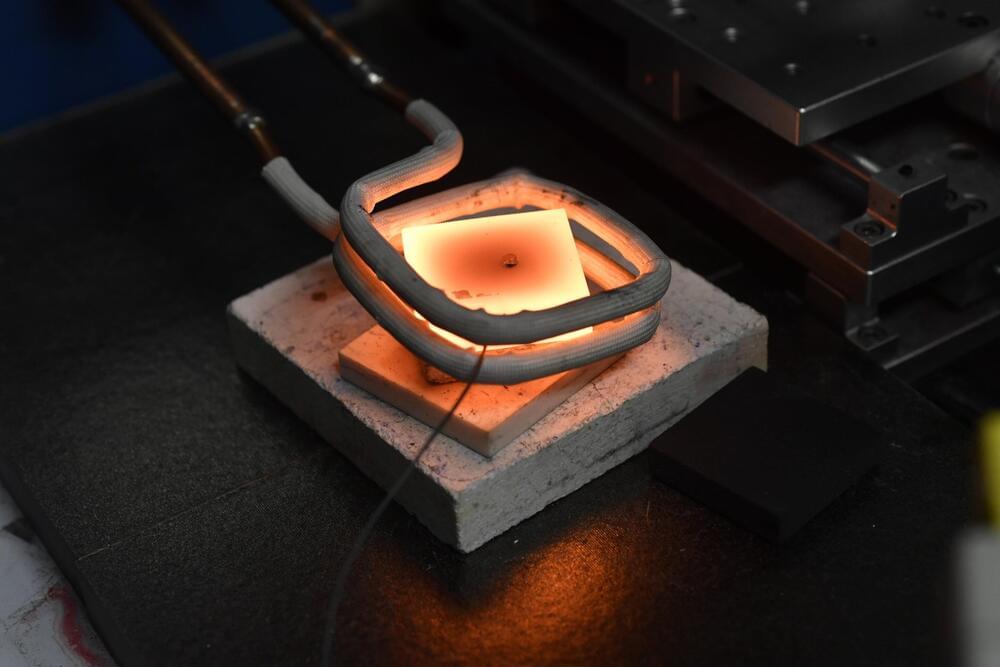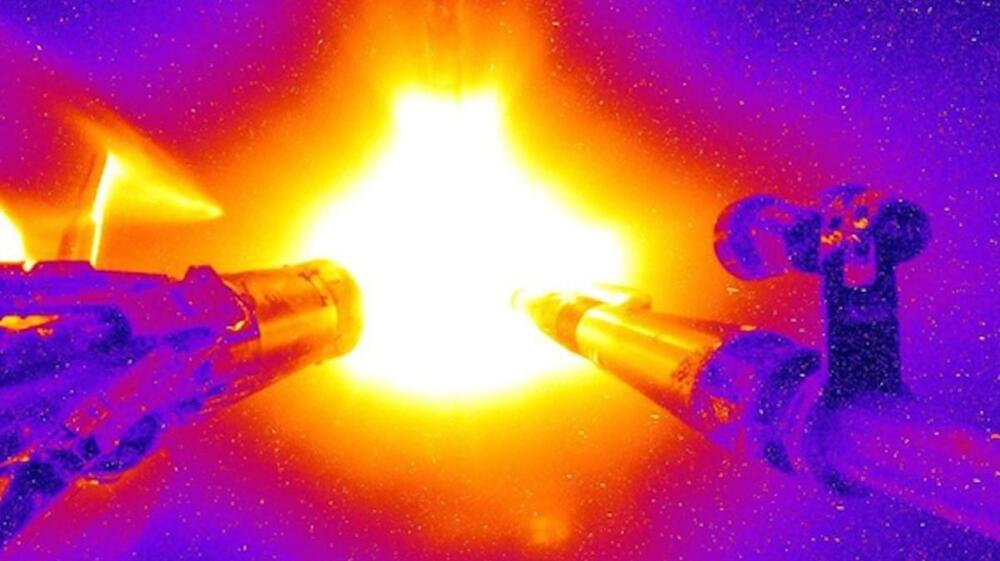Feb 3, 2022
China inks $8 bln nuclear power plant deal in Argentina
Posted by Shubham Ghosh Roy in categories: engineering, nuclear energy
Feb 2 (Reuters) — State-owned China National Nuclear Corp (CNNC) has signed a contract in Argentina to build the $8 billion Atucha III nuclear power plant using China’s Hualong One technology, reviving a deal that had been stalled for years.
CNNC said on its WeChat account late on Tuesday that ithad signed an engineering, procurement and construction (EPC) contract, which comes ahead of Argentine President Alberto Fernandez’s trip to China later this week.
Progress on the nuclear deal between the two nations had stalled since it was first negotiated by the administration of former President Cristina Fernandez, a left-wing populist who left office in 2015. She is now Argentina’s vice president.

